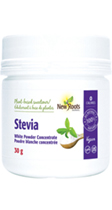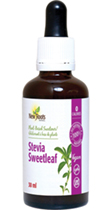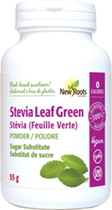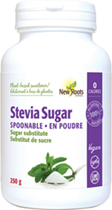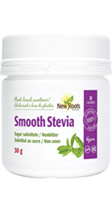Tackling Sugar Cravings
History of Sugar
Historically, human beings had access to fructose in the form of fruits, honey, and certain vegetables, and the consumption of these high sugar foods increased the chances for survival during periods of food scarcity, due to the ample calories sugar provides.[1] Sugar has the ability to lay down fat; however, the forms widely available in nature also contain fibre which slows and limits its absorption, allowing blood sugar levels to stay stable while consuming these calories.[1] Human pleasure and reward centers in the brain enabled the drive for sugar-seeking behaviour when blood sugar levels were too low; however, even with the 24/7 availability of sugar, human reward centers have not evolved to match this, leading to the problem of overconsumption.[1]

The Sugar Craving
A craving is defined as “a strong irresistible desire to consume a specific substance” and
can be triggered by many external cues such as the sight or smell of a food.[2] A simple molecule of sugar contains glucose and fructose, and the most common forms of sugar include sucrose, which is also known as table sugar, and high-fructose corn syrup.[1] Sweet sensations are one of the most intense sensory pleasures that humans can experience in modern day, and since sugar is not an essential carbohydrate, our seeking of sugar greatly exceeds our metabolic need.[1] When we consume sugar, there is a release of opioids and dopamine in the brain, leading to a sensation of pleasure and reward.[1] A sensitization to the levels of opioids and dopamine trigger a requirement for an escalation of intake in order to achieve the same level of reward, as well as a dependence on endogenously released opioids and dopamine.[1] With the high release of dopamine, periods between sugar intake can result in a dopamine-deficient state.[1] After several weeks to months of chronic sugar intake, this dopamine-deficient state between sugar consumption can lead to withdrawal, which presents in the form of ADHD-like symptoms including hyperactivity, decreased performance, distraction, attention deficit, and states of depression, all temporarily relieved by consuming sugar.[1]
Is Sugar a Drug?
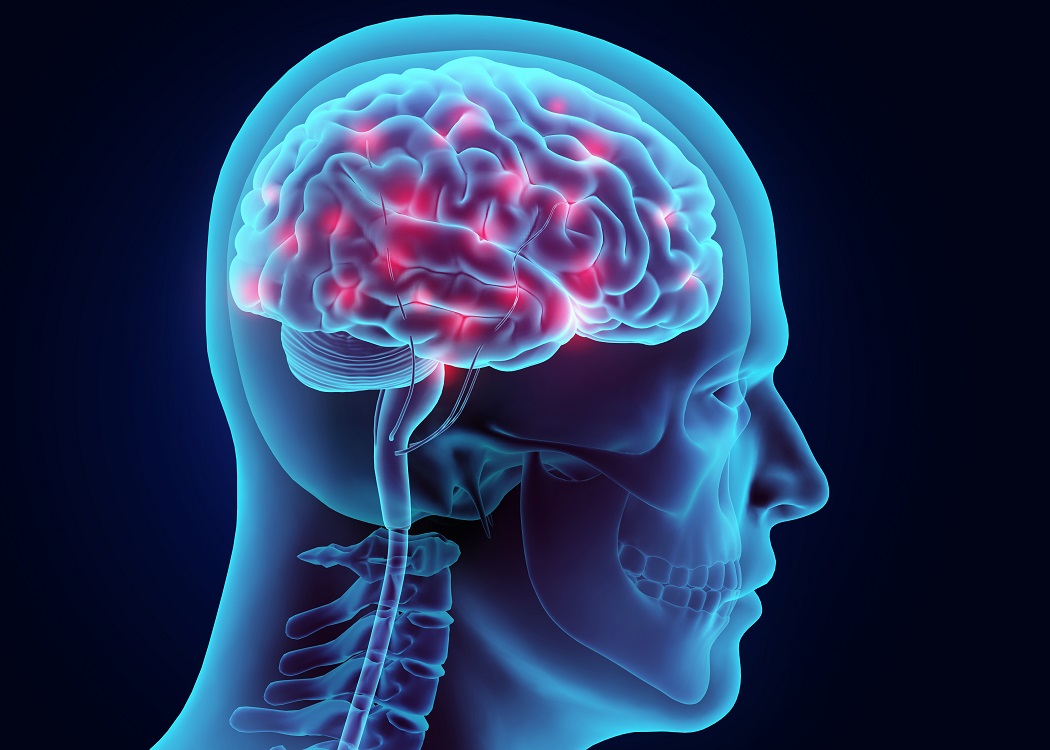 In many experimental animal studies, it has been determined that food and drug rewards appear to act on similar neural pathways.[3] It has even been suggested that refined added sugars can be habit-forming in a similar manner as cocaine, nicotine, alcohol, tobacco, and caffeine.[1] The modern-day processing of sugar can mimic the processing of a drug, with sugarcane crushed, boiled down to a syrup, shaken, and stripped of all its vitamins, minerals, and molasses.[1] In order for sugar to be considered addictive in humans, it must be able to induce a withdrawal; however, the threshold for which this withdrawal occurs and the extent of the withdrawal produced varies from person to person.[1] Sugar and high-glycemic carbohydrates also have an effect on brain serotonin, causing a surge after consumption and leading to long-term depletion, which can have impacts on mood.[1] A drop in blood glucose can also further sugar dependence, which can explain its connection with depression, anxiety, bipolar disorder, and ADHD.[1]
In many experimental animal studies, it has been determined that food and drug rewards appear to act on similar neural pathways.[3] It has even been suggested that refined added sugars can be habit-forming in a similar manner as cocaine, nicotine, alcohol, tobacco, and caffeine.[1] The modern-day processing of sugar can mimic the processing of a drug, with sugarcane crushed, boiled down to a syrup, shaken, and stripped of all its vitamins, minerals, and molasses.[1] In order for sugar to be considered addictive in humans, it must be able to induce a withdrawal; however, the threshold for which this withdrawal occurs and the extent of the withdrawal produced varies from person to person.[1] Sugar and high-glycemic carbohydrates also have an effect on brain serotonin, causing a surge after consumption and leading to long-term depletion, which can have impacts on mood.[1] A drop in blood glucose can also further sugar dependence, which can explain its connection with depression, anxiety, bipolar disorder, and ADHD.[1]
In lab rats, sugar has produced binging, craving, tolerance, withdrawal, cross-sensitization (increased response to drugs), cross-tolerance (tolerance of other drugs), cross-dependence (sugar suppressing withdrawal from drugs), and reward.[1] Animals that prefer sweetness have been shown to self-administer cocaine at a greater rate.[1] Furthermore, once sugar is introduced to lab rats who are already addicted to cocaine, the rats will almost always switch over to consuming sugar when the reward for sugar surpasses that of cocaine.[1]
The Health Implications
Sugary foods and beverages increase the risk not only for obesity, but also for elevated blood pressure, insulin resistance, fatty liver, and dyslipidemia, and fructose in particular has been shown to be the main culprit responsible.[4] When fructose consumption is kept low, very little is converted into fat; however, excessive consumption of fructose drives fat storage in the liver, leading to fatty liver disease.[1]
Leptin is the hormone released from adipose tissue to drive satiety, by acting on the hypothalamus in the brain in order to avoid overconsumption.[4] Studies in animal have found that when leptin is inactivated, they are unable to regulate their food intake, and massive obesity results.[4] Fructose has been shown to induce leptin resistance, reduce insulin sensitivity, and reduce fat oxidation and energy metabolism, activating the process that leads to fat storage.[4]

The Role of Stress and Hormones
Stress has been shown to trigger an increase in appetite, alcohol intake, and abuse of substances; however, the effects of stress on food consumption seem to be different in men and women.[5] Women tend to eat healthier when they do not feel stressed, and tend to consume more sugar and saturated fat when they are stressed.[5] These sweet cravings have also been shown to be more common in women who are overweight, suffering from PMS, or depressed, and weight gain has been associated with leptin resistance, leading to a vicious cycle.[5] As women and men have been shown to display different eating patterns as a result of stress, it is critical to evaluate the role that hormones may play in this.
During the menstrual cycle, the dominant hormone during the follicular phase is estradiol, and the luteal phase is progesterone. Estradiol has been shown to reduce food intake and the tendency to binge-eat, while increasing the sucrose taste threshold in rats.[6] Similarly, women with lower estradiol in the luteal phase were shown to have less cravings, whereas higher estradiol levels lead to higher carbohydrate and sweet cravings.[6] There was an inverse relationship between estradiol and leptin in the follicular phase, meaning that the higher estradiol in the follicular phase was paired with a lower satiety cue in women.[6] Sweet preference was significantly lower in the luteal than the follicular phase, indicating that the higher circulating progesterone may serve as a protective mechanism for sweet cravings.[6] Sex hormone-binding globulin (SHBG) reduces the bioavailable estrogen, and increases along with estradiol throughout the menstrual cycle.[6] Higher SHBG levels have also been associated with higher sweet and refined carbohydrate cravings.[6]

Exercise
Regular exercise can offer protection against all-cause mortality, by having direct implications on high blood pressure, metabolic syndrome, type 2 diabetes, breast cancer, colon cancer, heart failure, and ischemic heart disease.[7] Exercise is a natural antidepressant, and it has been shown to increase resistance to the development of depression and anxiety by inducing neurotransmitter activity and euphoria.[7] Twelve weeks of moderate-intensity aerobic exercise has been shown to decrease food cravings and increase cognitive restraint, giving exercise the capability to break the vicious cycle of cravings by competing with reward centers in the brain.[7][8]
Conclusions
When evaluating patients and attempting to reduce sugar intake, it is important to consider the many different factors which may be contributing to the increased prevalence of cravings including diet and lifestyle, genetics, stress levels, neurotransmitter activity, body composition, and hormones. Taking a holistic approach through proper diet, exercise, stress moderation, and hormonal control will ensure future success in reducing sugar consumption over the long term and improve health outcomes.
References
8. Rocha, J., et autres. « Effects of a 12-week aerobic exercise intervention on eating behaviour, food cravings, and 7-day energy intake and energy expenditure in inactive men. » Applied Physiology, Nutrition, and Metabolism Vol. 41, N° 11 (2016): 1129–1136.
 Dr. Laura Pipher, ND
Dr. Laura Pipher, ND
Laura is a naturopathic doctor in Ontario. She is passionate in
helping others live their best lives and reach all of their goals
through sustainable and realistic treatments.

 Stores
Stores
